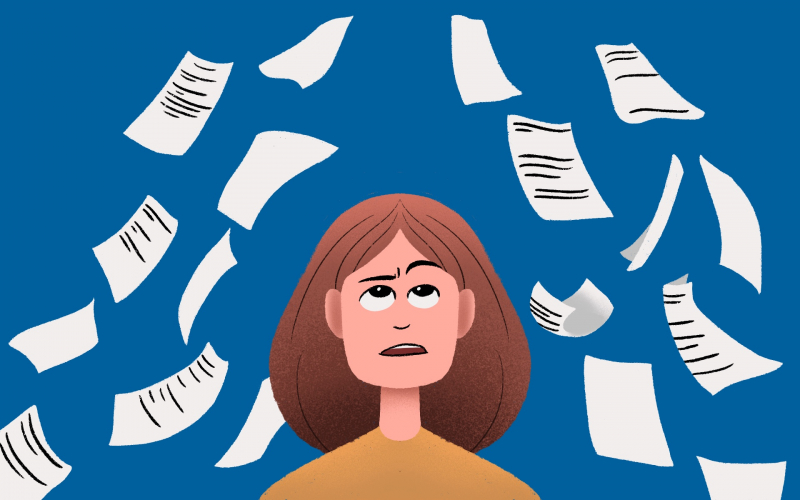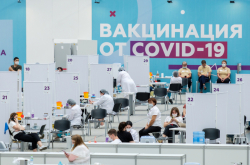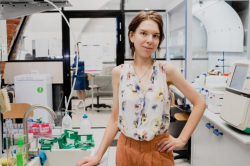- COVID-19 vaccines were created in a very short time. Couldn’t researchers miss any important stages of their development?
- Who assesses research results?
- In what other ways are the studies evaluated?
- What do common terms like “randomized” and “blind placebo-controlled” trials mean?
- How many volunteers are needed for testing?
- How do you prove a vaccine’s efficacy?
- Some people get sick despite being vaccinated. Does it mean that it’s not really efficient?
- What about contraindications? Who shouldn’t get vaccinated?
- How do you determine if a vaccine is safe, at least for most people?
- Do researchers keep analyzing the vaccine after it was made publicly available?
COVID-19 vaccines were created in a very short time. Couldn’t researchers miss any important stages of their development?

First of all, all vaccines publicly available today were developed using pre-existent technologies, so you can’t say “they’ve created the vaccines from scratch.” Secondly, the vaccines underwent the same efficacy and safety assessment as all other drugs on the market. It took less time because administrative and bureaucratic procedures were accelerated, as we needed the vaccines as soon as possible. Research itself was the same and the vaccines were tested and assessed in several stages on animals and humans.
Who assesses research results?

All research follows established procedures. It’s not just about collecting some data, doing some calculations, and then publishing the results. There’s a specific and comprehensible plan to follow. If you don’t, then your results probably won’t be published, acknowledged by the academic community, and approved by the regulatory authorities. That’s why modern science and the pharmaceutical industry tend to follow the open-source principle. Specialists share and comment on their research results, future plans, and acquired data. This information is posted on special websites – databases for clinical research. Summaries of protocols are also typically provided. The research plan is published beforehand so that the authors wouldn’t be able to edit their goal and methods post factum.
In what other ways are the studies evaluated?
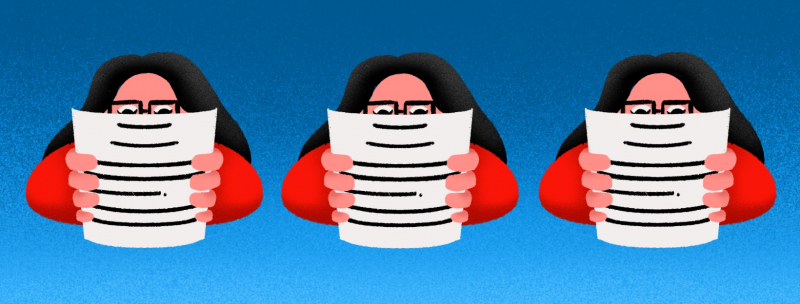
The studies are also assessed by ethical committees. They determine if research corresponds to all existing principles and norms. There are sets of rules for the ethical assessment of research, such as the Declaration of Helsinki. Anyone can see if a study follows these rules because the protocols used are typically posted online. Plus, before an article is published in an international scientific journal, it’s reviewed by specialists in a narrow field who check if research corresponds to the established principles, if the authors used methods that weren’t mentioned in the protocol, and look for mistakes.
What do common terms like “randomized” and “blind placebo-controlled” trials mean?
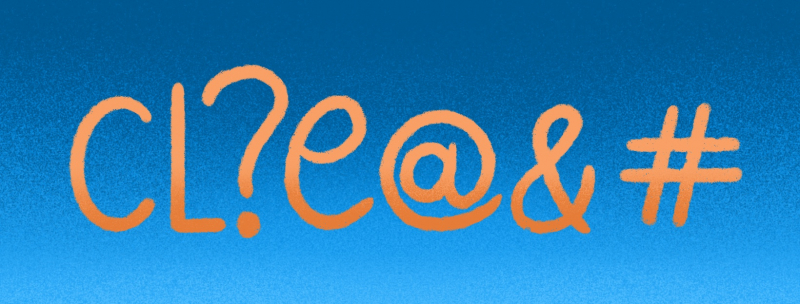
Blind means that most participants don’t know if they receive a placebo or a real drug. It’s necessary to avoid subjectivity and keep the results clean. Controlled means that there’s a control group created randomly – all participants of a study fall into either an experimental group or the one that only receives a placebo. Randomizing is crucial so that other characteristics of patients wouldn’t affect the data. If the groups are formed not randomly but, for instance, according to a doctor’s wishes, it might lead to the distortion of results. Clinicians might choose not to vaccinate chronically ill people and this will lead to an increased death risk to COVID in the control group. So it’s important to make research blind and randomize the groups to achieve objective results.
How many volunteers are needed for testing?
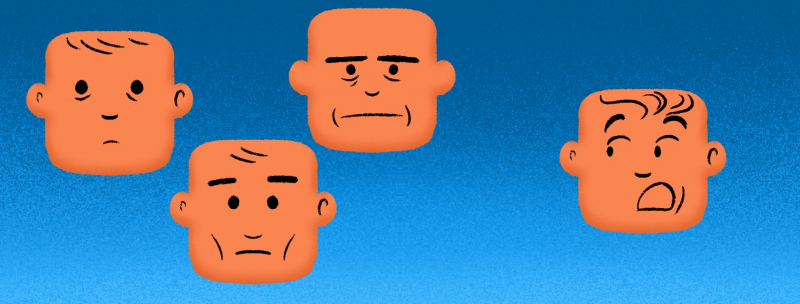
When a vaccine is tested on humans, it undergoes several phases of research. Each of them has its own goals and requires a certain number of participants. The first stage is about the primary safety profile – it’s conducted on a small number of people – as a rule, about several dozens. If the results aren’t good, all further research is canceled. If they’re good, researchers move on to the second phase that involves more volunteers. That’s when you can make preliminary conclusions on the vaccine’s efficacy. The third phase is a full-fledged comparative randomized trial where the efficacy is decisively assessed. This is the final stage before launching the medicine on the market. It involves thousands of people.
How do you prove a vaccine’s efficacy?

First and foremost, there must be a proper research design that allows you to assess the efficacy. This can be done through testing the drug on two groups of people that are almost the same in their characteristics, but one gets the medicine and the other – a placebo. Assessment of efficacy means a direct comparison of these two groups. In the case of COVID-19, the researchers compare how many people have caught it and how many haven’t. The efficacy is calculated through the assessment of risks – if a person has a decreased risk of getting ill, the vaccine is efficient. So 90% efficacy means that there’s a 90% less probability of getting ill as compared to not getting vaccinated.
Some people get sick despite being vaccinated. Does it mean that it’s not really efficient?

Firstly, singular cases don’t disprove the efficacy: people from both groups can get ill, as the vaccine can’t provide 100% protection from the virus. The question is, how low the risk is after the vaccination. Secondly, the results of a randomized trial can differ from the ones acquired in practice, especially because new variants of the virus appear. However, now there’s even information on the efficacy of the currently available vaccines against new variants of the virus. Either way, this leads us to the second stage of efficacy assessment – research of the vaccine in practice. After it’s approved, the scientists keep analyzing how efficient it is in real life. This requires other research designs that involve a lot of participants – no research is done based on singular cases.
What about contraindications? Who shouldn’t get vaccinated?

The only crucial contraindication from the COVID-19 vaccination is anaphylactic shock or an allergic reaction to its components. A relative contraindication is a history of negative side effects after getting other vaccines. However, you can still vaccinate in this case, but carefully and under the close supervision of clinicians. There are no other crucial medical contraindications. There are restrictions – for example, those related to age if no specific study of this or that age group has been conducted yet. Chronic illnesses are, on the contrary, a reason to vaccinate, because having them means an increased risk of dying from coronavirus. There’s no data on chronic diseases leading to negative effects from the vaccination.
How do you determine if a vaccine is safe, at least for most people?

The safety of a vaccine is assessed in the same way as its efficacy. The researchers compare two groups (the vaccinated one and the one that received a placebo) to see which one had experienced more negative side effects. Randomized trials show that there are common negative effects related to the vaccine’s injection – temporary pain, headache, flu symptoms, and fever. But sometimes, rare negative effects occur and they can’t be detected at the stage of testing due to their extreme rareness. Countries that conduct large-scale vaccination collect information on such cases and study them. The researchers’ task is to evaluate how rare they are and decide if the vaccination is worth the risk. At the moment, the benefit of being vaccinated is much higher than the danger of possible negative effects.
Do researchers keep analyzing the vaccine after it was made publicly available?
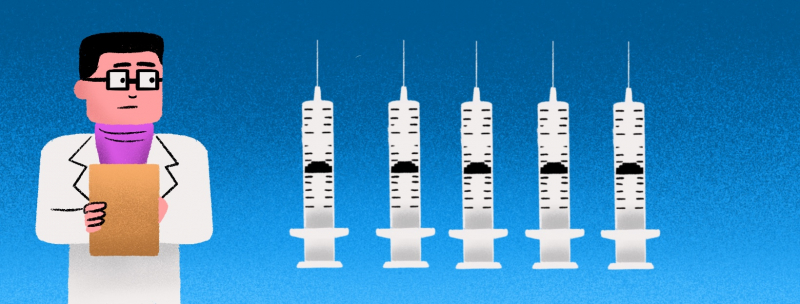
Of course, because there are always more questions to answer. Researchers keep collecting, studying, and publishing data even when a drug is broadly used. It’s especially important for coronavirus vaccines because new variants keep appearing. Moreover, the scientific community is actively discussing revaccination – how many shots are necessary, how often should they be done, and how different the response to the vaccine is? They must find concrete answers to these questions. Plus, it’s important to make the vaccines available all over the world, as many countries remain largely unvaccinated.
